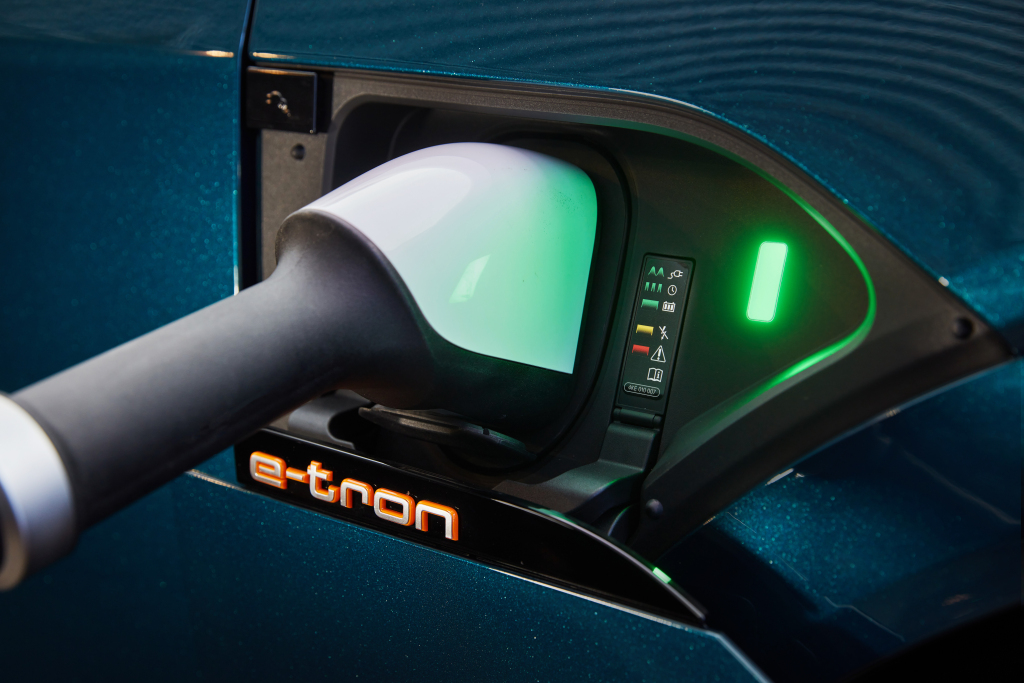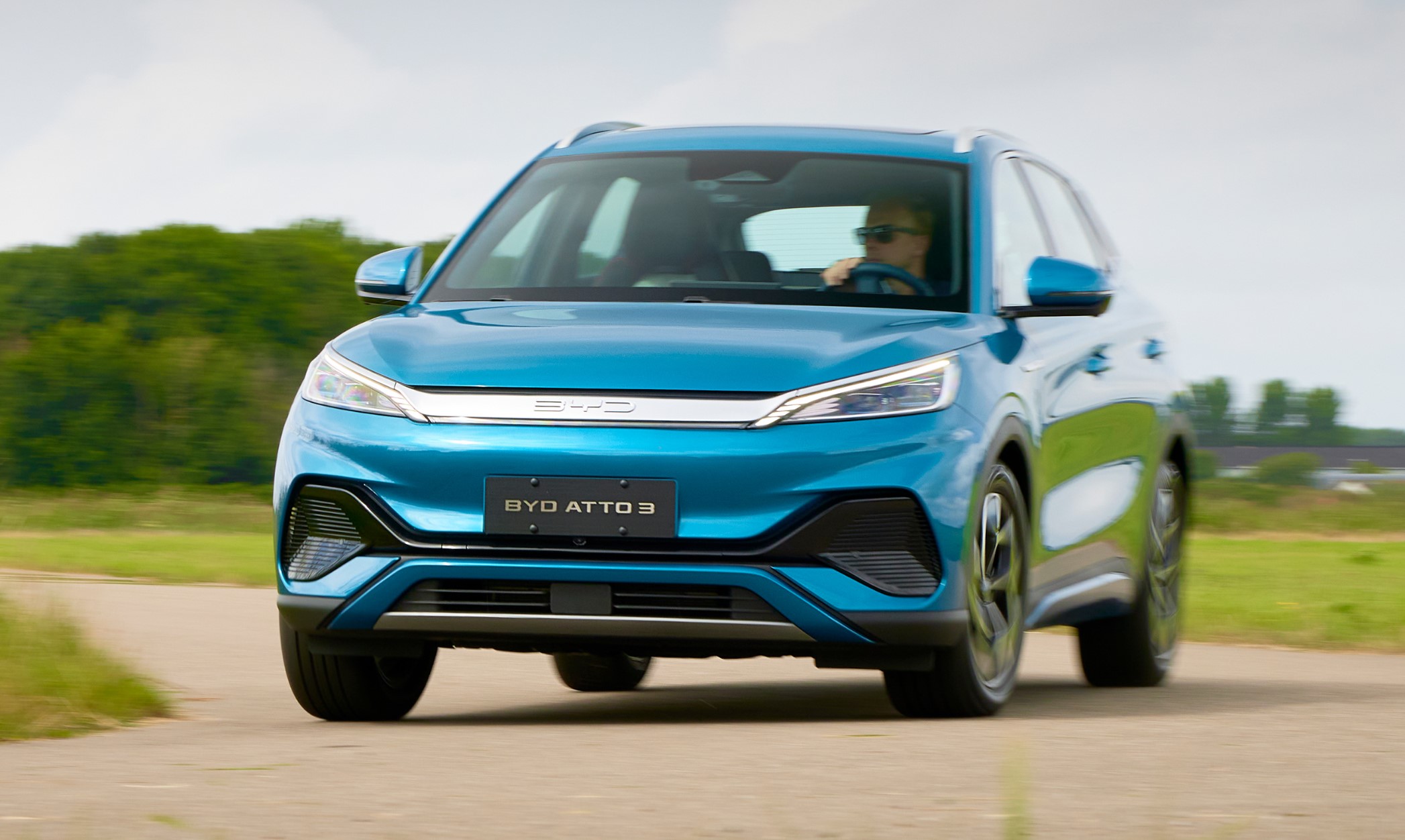Should you be worried about your EV’s range? Not if you pay close attention to our guide.
First time EV buyers are often worried about range anxiety – that feeling of being caught short on flat batteries not far from a charging point. Yet also of concern is the actual life of the battery pack. Experience with mobile phones, tablets and laptop computers has taught consumers that, over time, the batteries powering them can lose efficiency, resulting in the need for more frequent charging. So should you be worried? Well, the good news is EV cells are more resilient than you’d think, plus there are ways to make sure your car’s batteries will survive better than most.
Electric car battery life
After range anxiety, battery life is one of the most common concerns for people making the jump from internal combustion-engined cars to EVs. All batteries degrade over time and with use, meaning they become less efficient as they age and, ultimately, the range of your car is reduced. Furthermore, battery technology doesn’t come cheap, and by the time the cells are in need of replacement they will cost far more to buy than the car will likely be worth – which is why we tend to replace mobile phones in their entirety rather than replace the battery pack. Yet it’s not all bad news, because there are ways to increase the lifespan of your car’s battery, keeping it healthier and more efficient for longer. More importantly, while performance may degrade over time, ultimately the cells should still be providing at least 70 percent of their capacity even after 300,000km.
Why does an electric car battery lose charge or degrade?

Continual advances in battery technology mean that issues surrounding degradation of performance are being reduced all the time. However, even the latest lithium-ion cells aren’t completely immune to losing performance over time, with a number of factors playing a role. Perhaps the biggest single contributor to the decline in efficiency is the cycle of use and charging. Frequent draining of the cells followed by a full charge can, over time, damage the battery’s ability to maintain its optimum energy storage – it’s why manufacturer’s typically recommend charging only to 80 per cent and never letting the range drop to zero miles.
Rapid charging also plays a part, because channeling so much electrical energy and so quickly generates much higher temperatures in the battery pack. Liquid cooling of the cells helps mitigate this, but use a rapid charger frequently and over time these extreme heat cycles will cause damage to the lithium-ion packs. In a similar but less extreme way, cars that are used in hotter climates tend to suffer a subtly greater reduction in performance than those in cooler conditions.
How can I care for my electric car battery?
Happily, there are ways you can help preserve the power and efficiency of your battery over time. One of the major ways of protecting the cells is by carefully managing the charging and discharging of the cells, which in an ideal world means trying to avoid capacity dropping below 20 per cent and not adding more than 80 per cent when charging – above the latter figure is when batteries tend to get hottest, which takes a toll on the cells’ delicate chemistry.
Happily, most EVs now give you the option to programme your car’s charging schedule, allowing you to decide when the electricity flows and, crucially, letting you set a cap on exactly how much pours into the cells. By the same token, it’s best not to completely drain the battery. Most EVs will always make sure there’s a bare minimum of energy left even if it won’t allow the car to move, but storing your car for long periods and allowing electricity to leech away is to be avoided.
Speaking of charging, it’s best to only use (Direct Current) DC rapid chargers sparingly. Although fine for topping up on longer journeys, or in emergencies when you need a quick burst of energy, a by-product of rapid chargers’ speed is the increased, lithium-ion damaging temperatures in the battery as it copes with the electrical onslaught.
If the car is to be used in extremes of hot or cold weather, then always make sure the car is plugged in to charge (with a maximum 80 percent charge, of course) when stationary. This allows the battery’s thermal management system to continue working and keep the cells at the optimum temperature for longevity.
Finally, the way you drive your EV can affect its battery life. Much like rapid charging, quick depletion of the cells can cause damage that over time will lead to reduced efficiency and range. Ultimately, the faster you drive and the more you make use of an EV’s trademark instant torque for lightning getaways, the more you cause damaging heat build-up in the battery. So it’s best to take it steady if you want longevity.
Electric car battery warranties
Manufacturers are acutely aware that potential EV buyers could be put off by the possibility of premature and expensive battery failure. The truth is that when treated correctly most modern lithium-ion units are likely to last the lifetime of the car. Even so, most firms cover the battery with a separate, extended warranty.
Most car warranties are around three years and 160,000km, but this is increased for the battery element in EVs.





